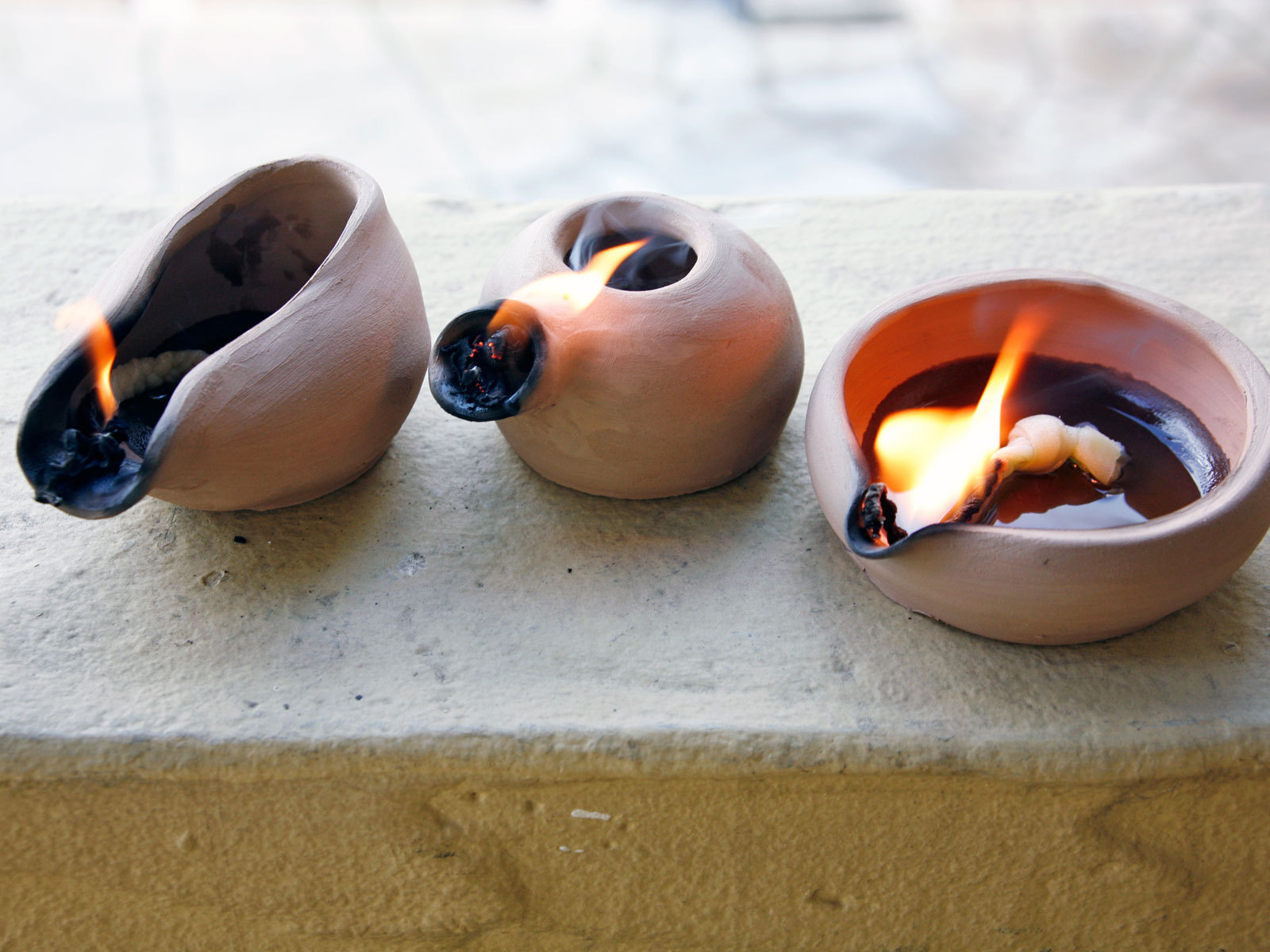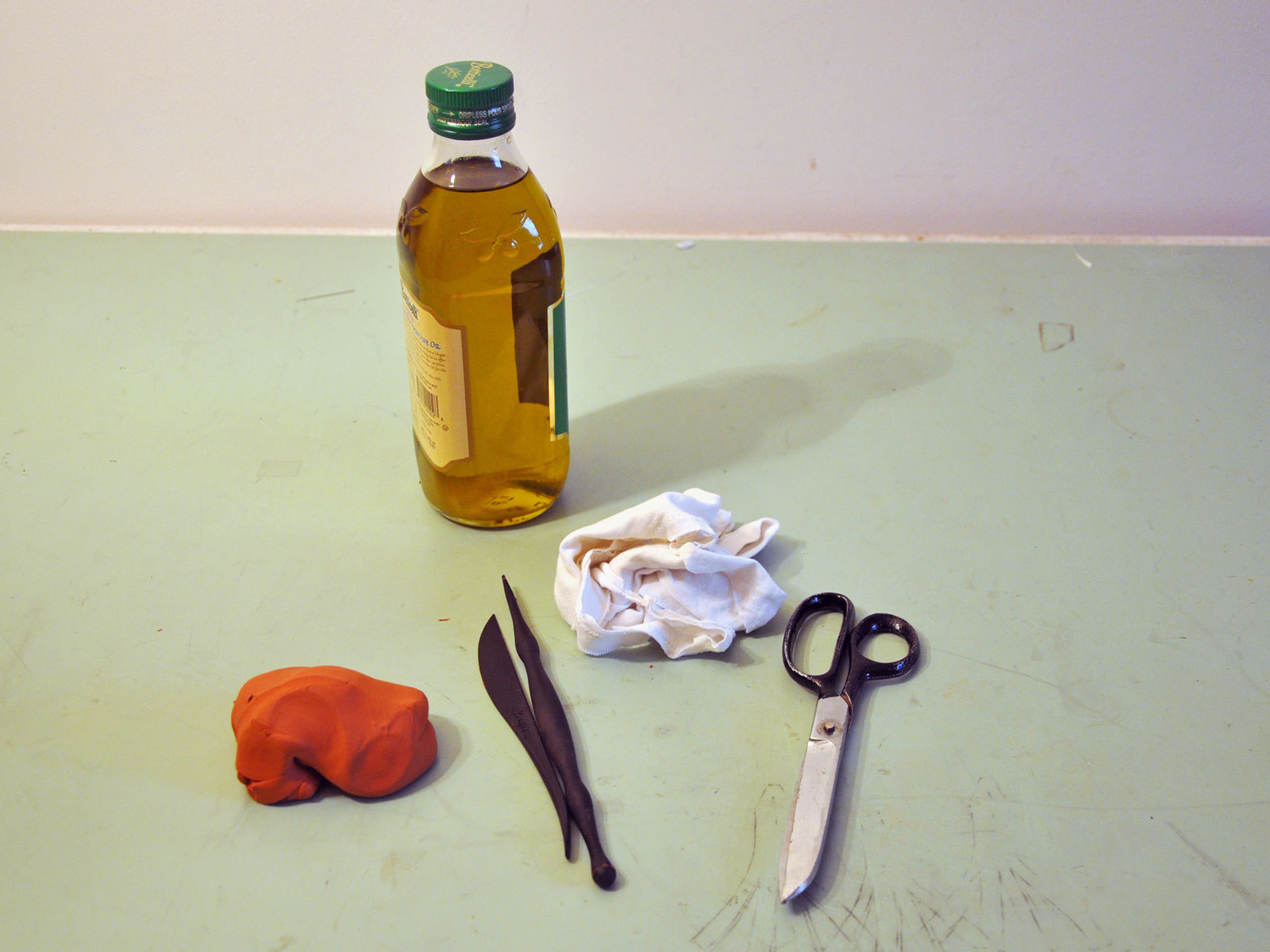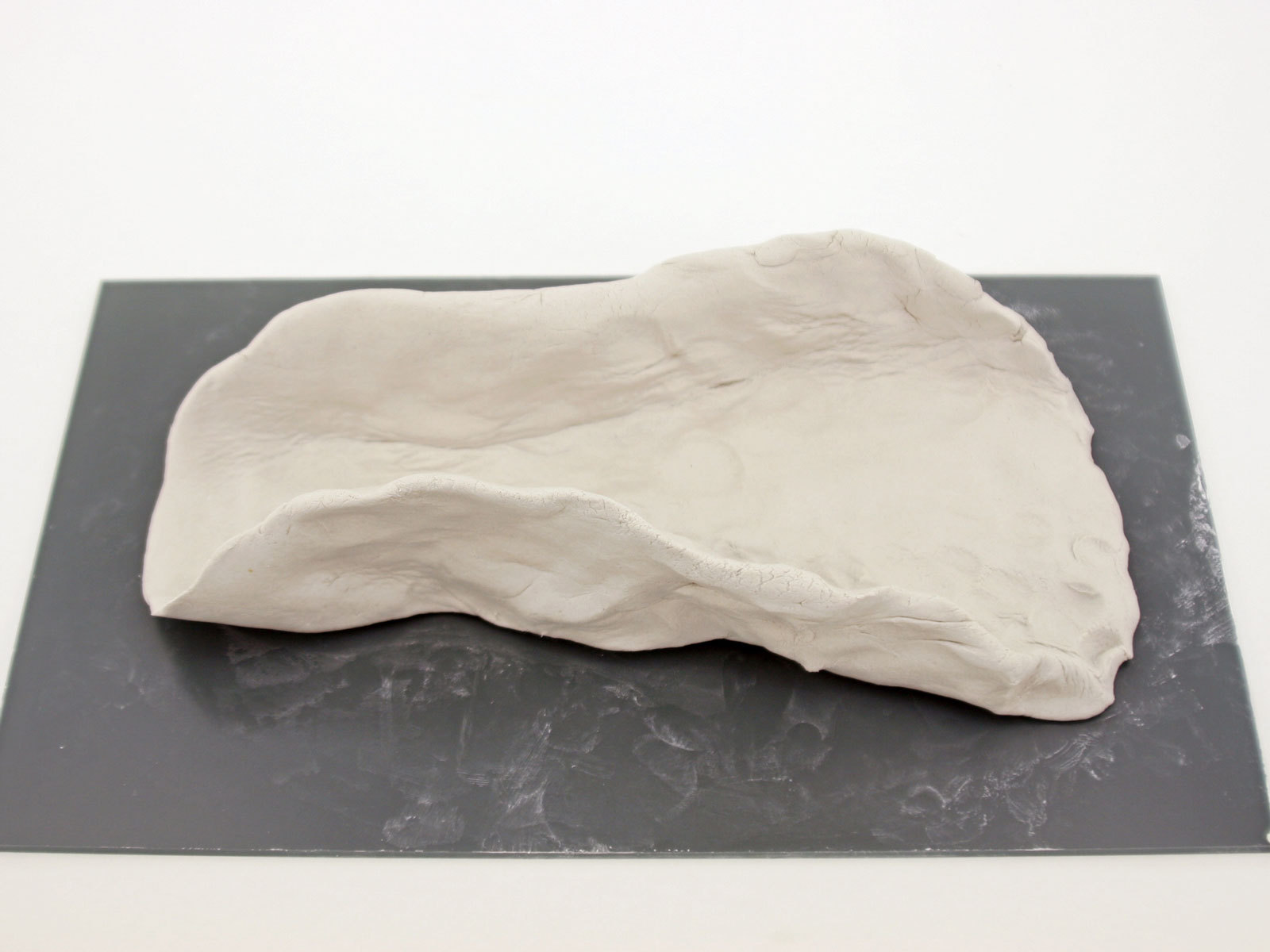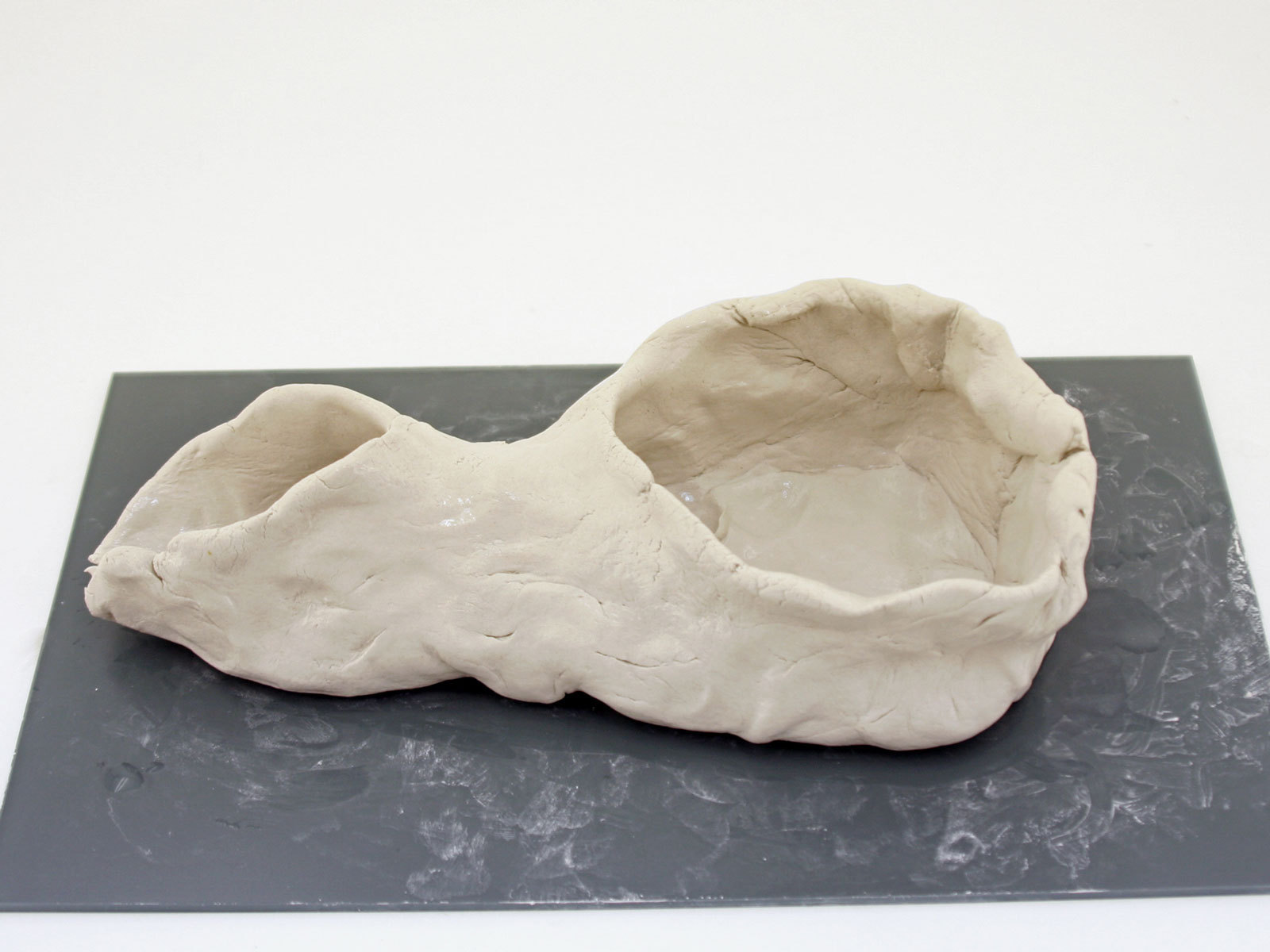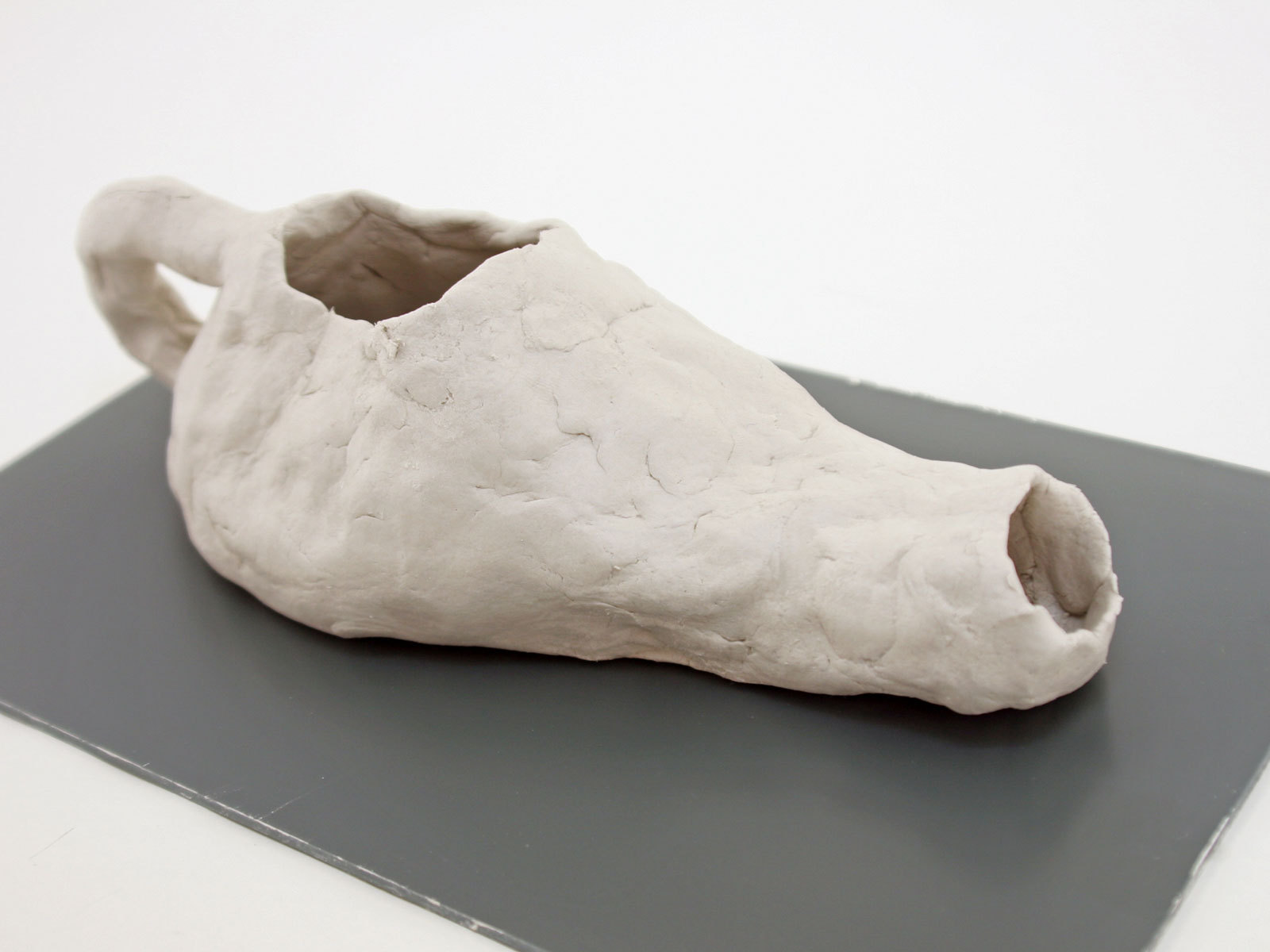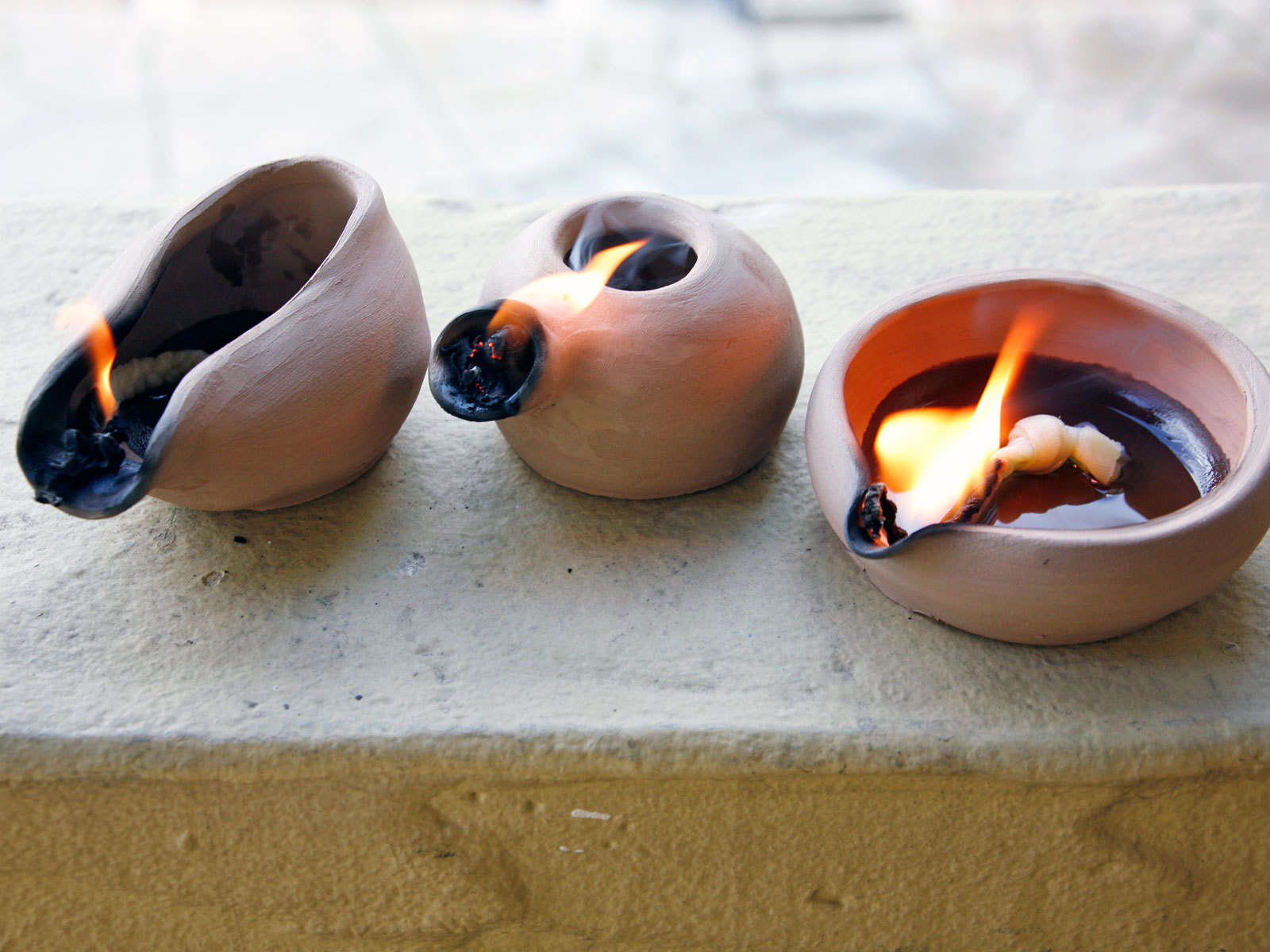In Africa, Europe, and China, field scientists have uncovered the fossilized remains of campfire-charred bones so old that they likely predate Homo sapiens. The archeological evidence suggests that our humanoid ancestors began taming fire perhaps as long as 1 million years ago.
While these creatures most likely lacked the wherewithal to kindle fire, they did, it seems, have the mental capacity to capture naturally occurring fire, tend it, and preserve it for long periods. For ancient hominids, campfires were important not only for warmth and cooking, but also for light.
About 15,000 to 30,000 years ago, in the Late Stone Age (or Upper Paleolithic), humans painted elaborate images deep within several caves in western Europe, the best-known being those of Lascaux in southwestern France. Narrow and deep, the caves are impenetrable to daylight, making it impossible for the artists to have painted without some sustained source of artificial light.
Experts postulate that these primitive Rembrandts placed a few lumps of animal fat on a stone with a small manmade depression, then lit the fat with a burning faggot from the always-tended campfire not far away. The evidence indicates that in order to produce the hundreds of artworks now considered some of the world’s oldest, the painters must have manufactured some of the world’s first lamps as well.
As human culture progressed, so did lamp construction. Lamps were made from shells, bone, stone, and chalk, and were fueled by whatever naturally burning, organic substance was locally available. In the far north, it was whale blubber. In parts of the Middle East, lamps were fueled by petroleum products such as liquid asphalt and naphtha, collected from seeps in the ground.
Today the ancient lamps most frequently depicted are those formed from fired clay that burned olive oil. African and Levantine lamps had open tops and were often hung on chains from the ceiling.
Later, great numbers of Roman lamps were manufactured using molds instead of hand-forming techniques. They’re among the earliest examples of mass-produced housewares. Roman lamps had covers and sometimes multiple spouts and wicks that provided considerable light. It was in the orange-red glow of burning oil lamps that people like Aristophanes wrote, Socrates philosophized, and Archimedes invented.
Designing and fabricating a simple olive oil lamp is easy and fun, and quite possibly, useful. But best of all, when you do it you form a connection with the technology of the past, of the earliest times of human civilization. What your iPhone is to you, the oil lamp may well have been to the cave dweller.


